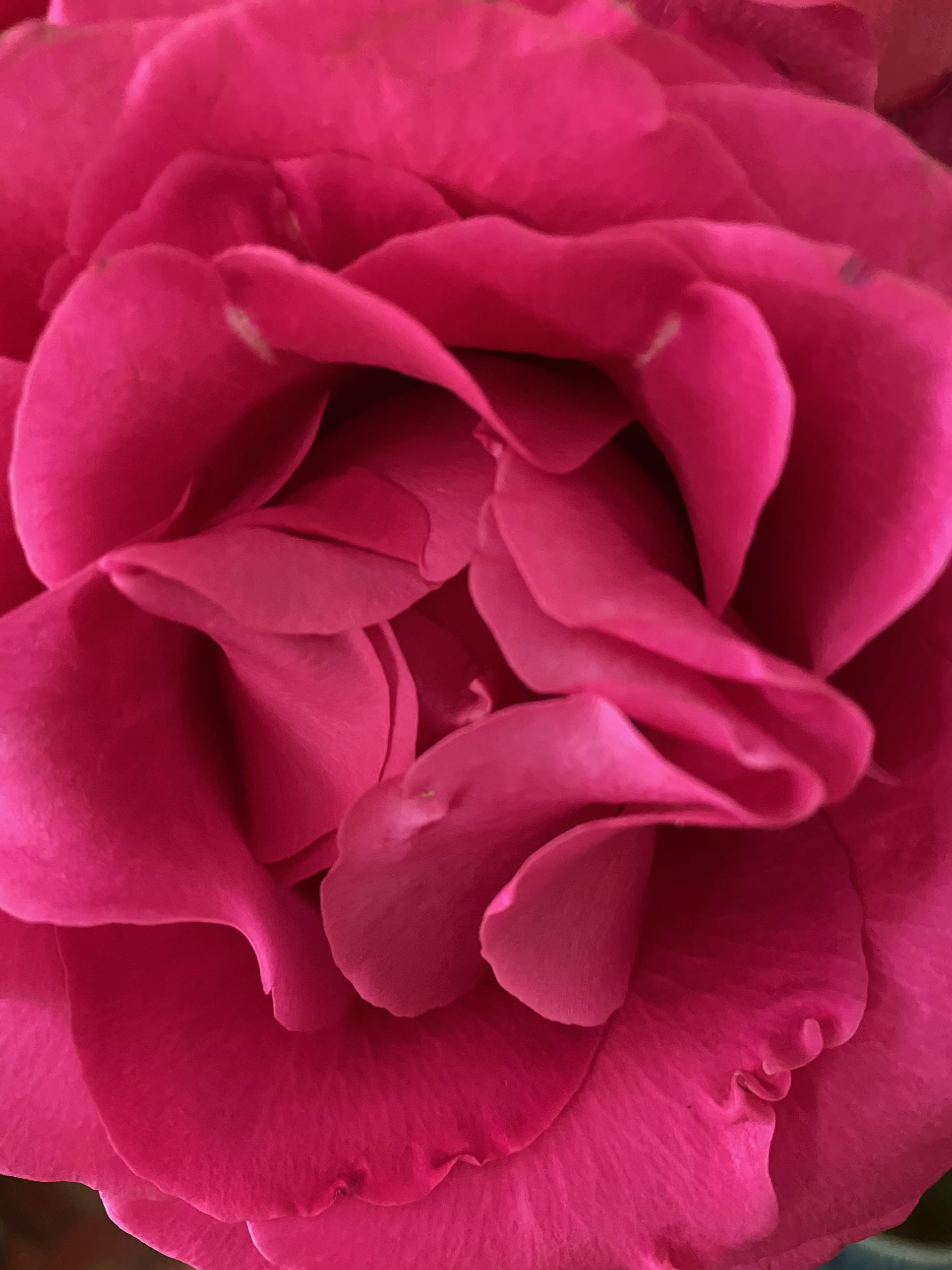 Many of us were raised to avoid painful endings and goodbyes. Yet the sadness of a “goodbye” is just as important to honor as the joy of a graduation, retirement, or birth. If we can turn toward grief bravely and with compassion, we discover an opportunity for healing the heart and soul.
Many of us were raised to avoid painful endings and goodbyes. Yet the sadness of a “goodbye” is just as important to honor as the joy of a graduation, retirement, or birth. If we can turn toward grief bravely and with compassion, we discover an opportunity for healing the heart and soul.
Many years ago, I served as a team leader and clinical director of a mental health center. One day while finishing my last note for the day, a distress call came in from a client.
“Marilyn!” Rosa exclaimed. “My team just said that after my therapist Julie leaves in a month, she and I can’t ever go out together for a coffee! You’re the clinical director—can’t you bend the rules? My parents died in a car crash when I was seven; my boyfriend left me for a cute guy he fell in love with; and I have to have my dog Mitzi put to sleep in a few days. I hate goodbyes and I can’t say goodbye to Julie.”
So many layers of overwhelming, heart-rending loss for Rosa. It would be easy to say “Sure, go out for coffee with Julie and stay connected.” Snap your fingers; you’re both at Starbucks and voilá—no more suffering.
Yet I also knew there can be hidden gems waiting to be revealed within endings. Quick fixes can short-circuit the opportunity to learn that endings can also be healing.
When we dread goodbyes, we may desperately hold on—pleading, bargaining for more time, or creating a “pretend” ending. A pretend ending is one where we say goodbye but agree to contact each other in the future—a way to soften the sting of loss and create the illusion of ongoing relationship. It gives us the sense “it’s not REALLY over”.
Like “We’re divorced but she she still comes over for breakfast, lunch, and dinner and I walk her dog.” No real “goodbye” here!
While this kind of ending may temporarily buffer us from pain, it can cause more anguish for ourselves and others down the road. We miss the opportunity to truly let go and learn from death, from a “real” goodbye.
Respect and honor the ending that’s happening right here, right now. Allow it the grace, the truth of being over: with a spouse, sister, parent, child, friend.
If you found a sweet bird, and clutched it tight to your chest, could you see or hear it? Could it even breathe? But if you open and extend your hand outward, ahh—you can see the bird, hear it sing, let it stretch its wings. It may even choose to fly away.
It is a priceless gift to let each other go. And if you can, co-create a healing ending.
With Rosa, I suggested that she and her therapist Julie create a healing goodbye:
—acknowledge the reality and sadness of the impending mutual loss—Julie leaving the agency and Rosa losing her as a therapist.
—allow the emotions to arise and be freely felt—like grief, anger, sadness, and fear. Befriend sorrow like a crying child you would hold and comfort in your arms.
—share not only heartache but the love, joy and gratitude of having met and traveled for awhile on the sacred path of Life. Talk about what you learned and the gifts you received from each other that you will carry with you after you part.
—create a small ritual together, like painting a mandala, lighting a candle, crafting a beaded necklace or bracelet that you give each other, reading a poem, or sharing food. Ritual infuses the ending with beauty and spirit and honors the relationship.
Every day, everywhere around us, the world is pulsing with endings and new beginnings—the beautiful music of life. We’re resilient and have survived hundreds of “goodbye’s” in our lifetime; we intrinsically know how to move on. We can approach the portal of loss with reverence, honoring endings as a doorway to new and often unexpected people, places, and experiences that continuously enrich our “soil”, our soul, and help us to thrive and grow.

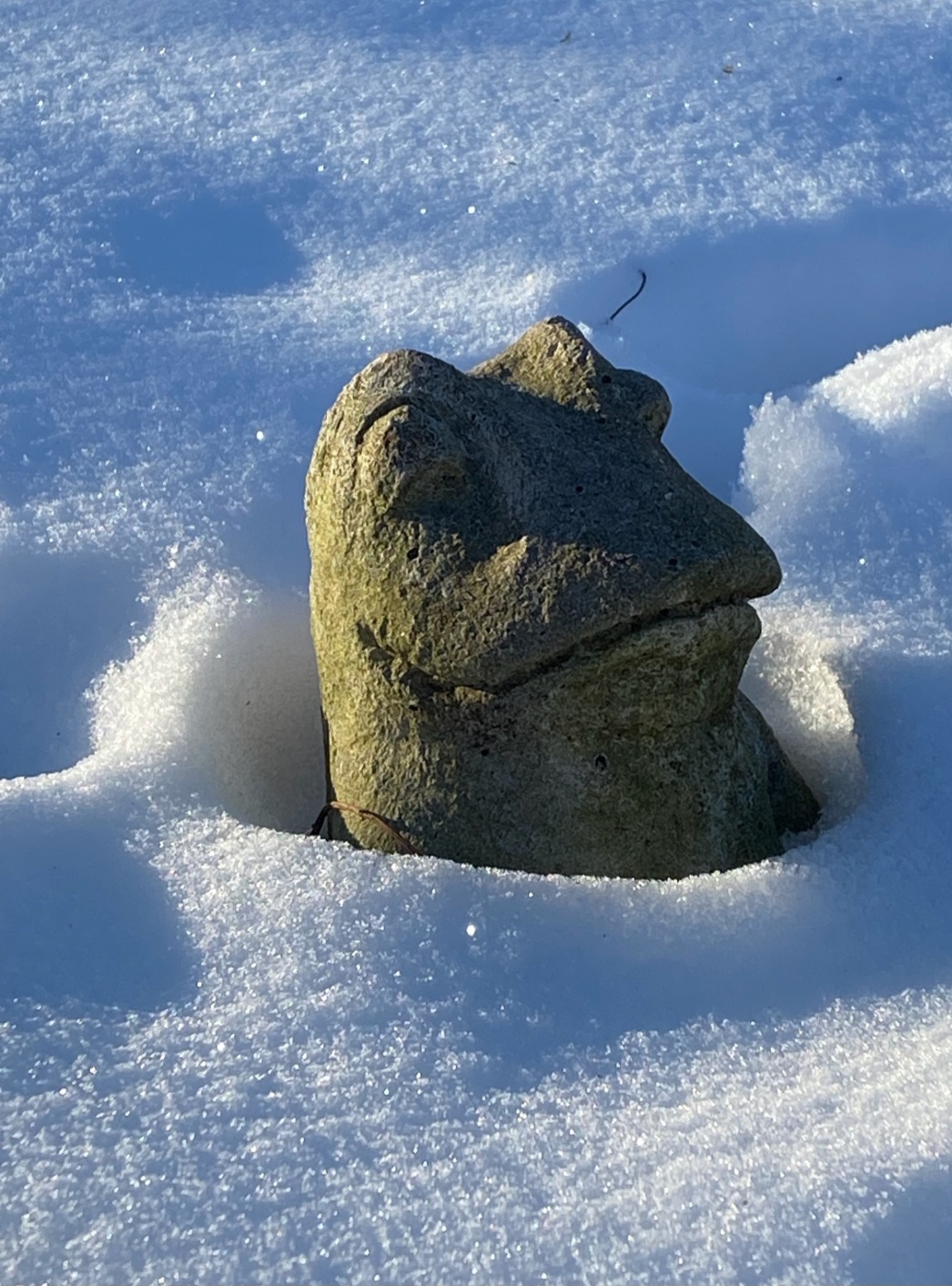 Life has a habit of throwing us curve balls—unexpected illness, job loss, the ending of a relationship. We find ourselves spiraling down a deep well of fear, anger, or shame. We feel “done to”, victimized.
Life has a habit of throwing us curve balls—unexpected illness, job loss, the ending of a relationship. We find ourselves spiraling down a deep well of fear, anger, or shame. We feel “done to”, victimized.
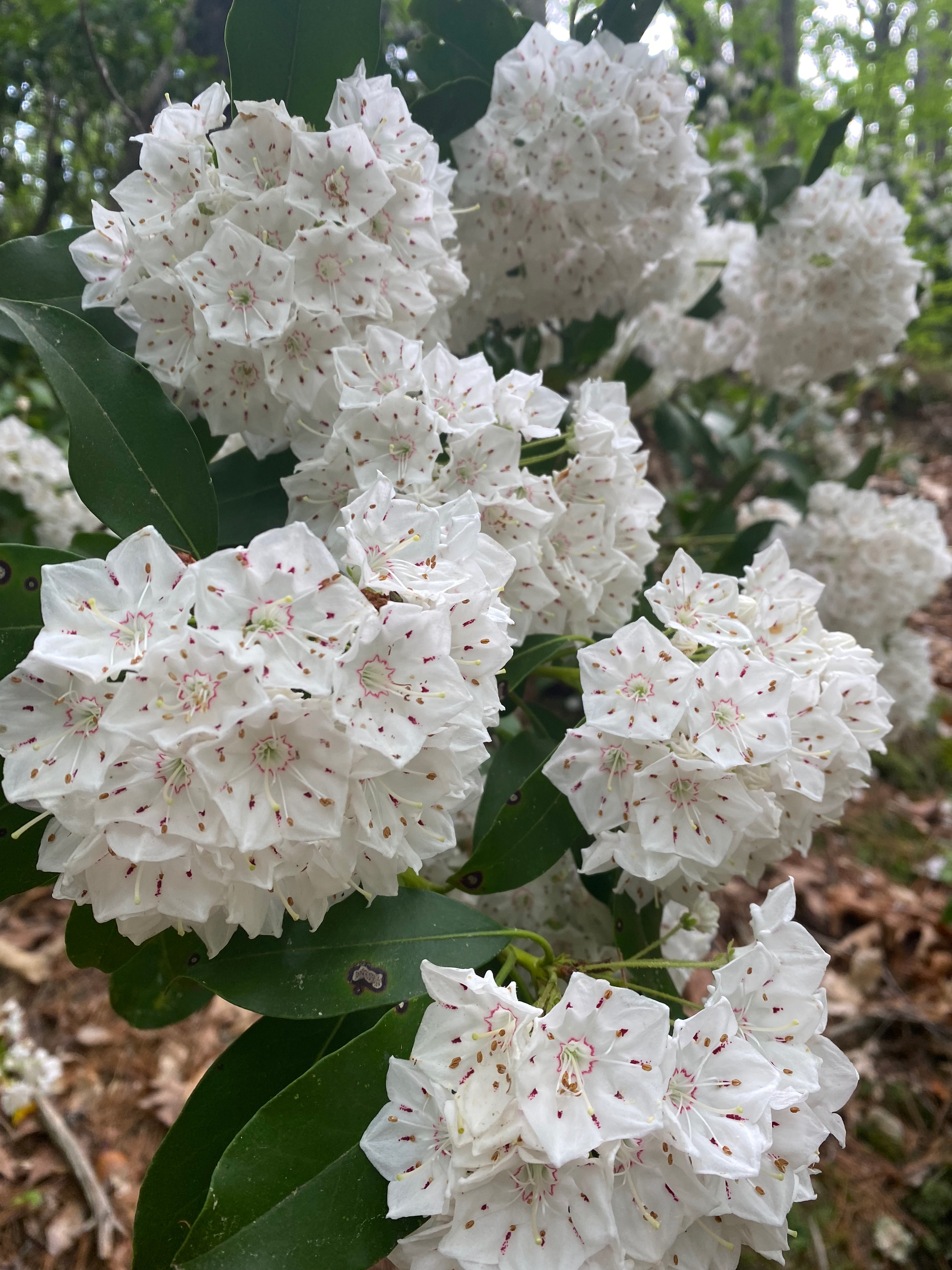
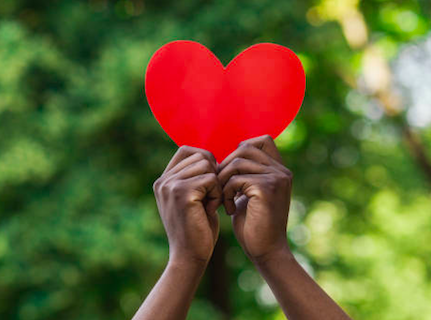 Despite the negativity we see in the media, the goodness in people far outweighs the anger and division. Uplifting acts of love and kindness are offered by ordinary people, everywhere, every day. Here are just a few stories that have recently crossed my path:
Despite the negativity we see in the media, the goodness in people far outweighs the anger and division. Uplifting acts of love and kindness are offered by ordinary people, everywhere, every day. Here are just a few stories that have recently crossed my path: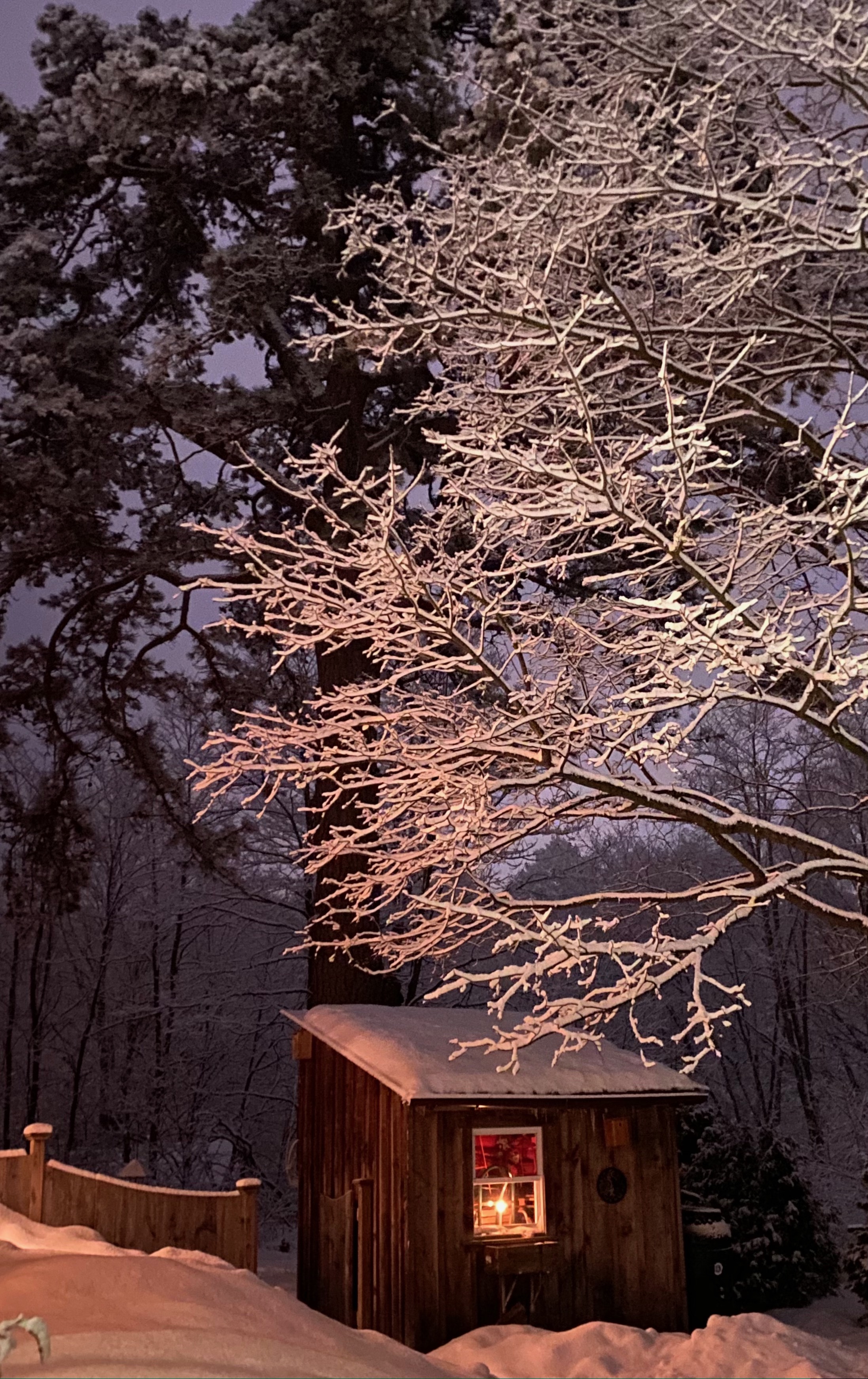 Have you noticed how many people have been reeling from overwhelming challenges during 2023? It’s remarkable, the degree of unprecedented change and upheaval people have been going through, including life transitions, unexpected loss of a beloved person or animal companion, a big move, illness, major work changes, and the impact of extreme weather events.
Have you noticed how many people have been reeling from overwhelming challenges during 2023? It’s remarkable, the degree of unprecedented change and upheaval people have been going through, including life transitions, unexpected loss of a beloved person or animal companion, a big move, illness, major work changes, and the impact of extreme weather events. As you sit here reading these words, you are breathing … stop for a moment and notice this breath.
As you sit here reading these words, you are breathing … stop for a moment and notice this breath.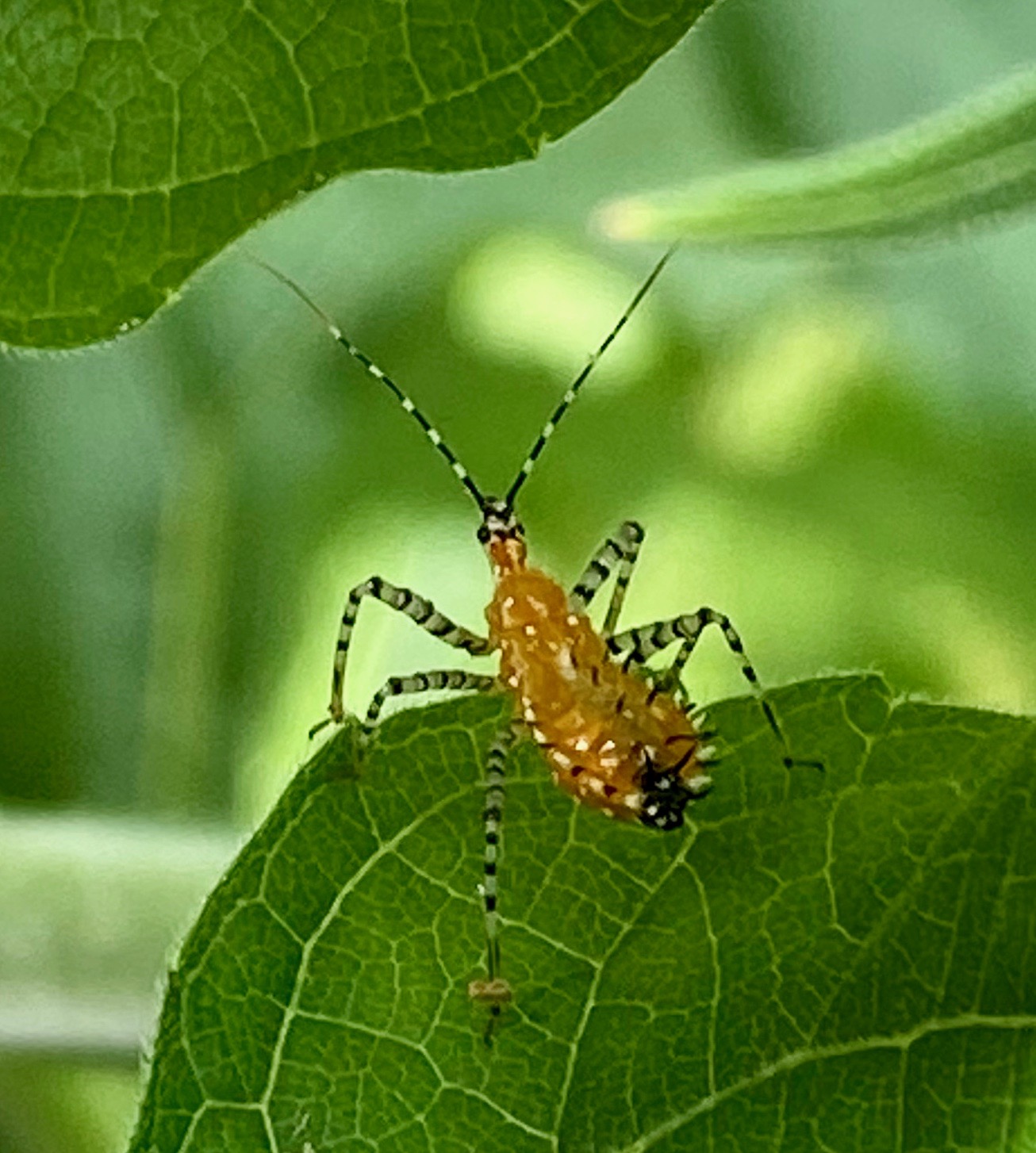 One day while eating my lunch at a small table on my back porch, an unexpected guest arrived. This tiny visitor, no longer than a dime is wide, marched along the edge of the table from left to right, past my plate, and stopped to gaze at the Mexican sunflower leaves draping over the table and blocking its path. When I put my fork down and adjusted my glasses to get a better view, my jaw dropped in surprise and wonder.
One day while eating my lunch at a small table on my back porch, an unexpected guest arrived. This tiny visitor, no longer than a dime is wide, marched along the edge of the table from left to right, past my plate, and stopped to gaze at the Mexican sunflower leaves draping over the table and blocking its path. When I put my fork down and adjusted my glasses to get a better view, my jaw dropped in surprise and wonder.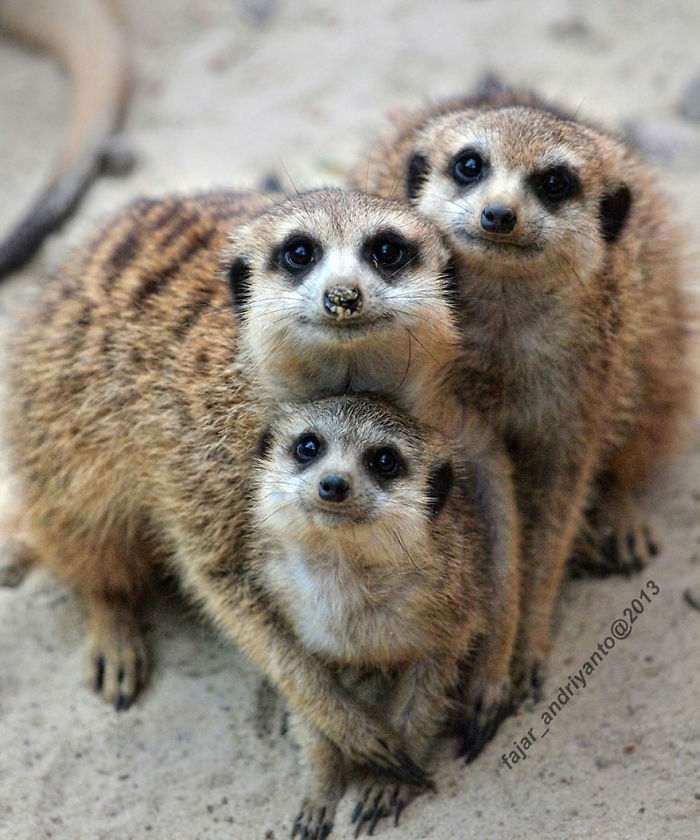 As a therapist, two questions I frequently hear are “Why do I have to connect with my Inner Child and how do I know the child part is there?” Great questions.
As a therapist, two questions I frequently hear are “Why do I have to connect with my Inner Child and how do I know the child part is there?” Great questions.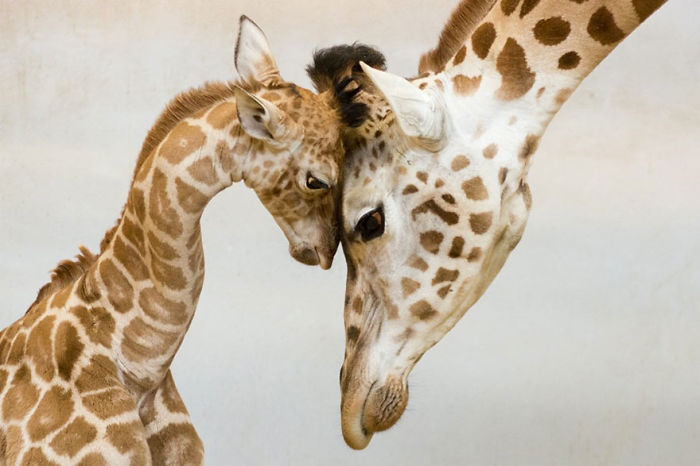
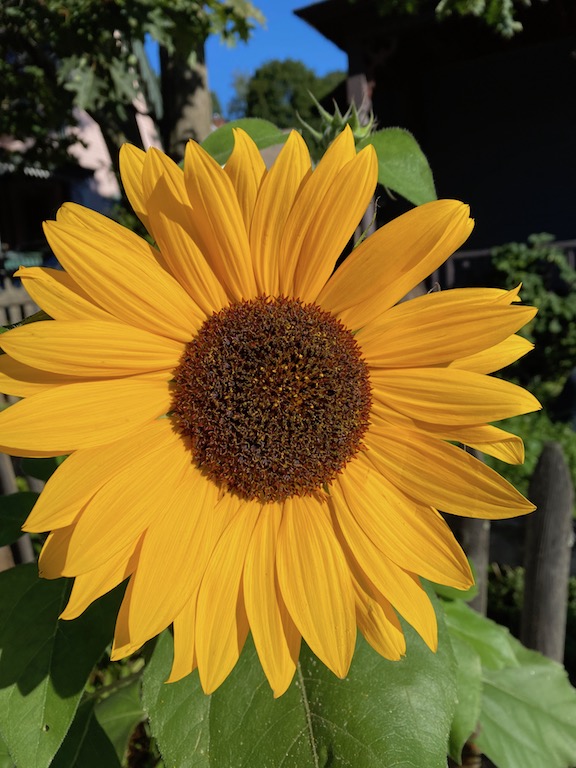 “Don’t believe everything you think”, the bumper sticker says. So true! The thoughts and stories that fill our brain—about ourselves, situations, and other people—are often fictional and leave us exhausted, anxious, or depressed. Or as Michael Singer (author of The Untethered Soul and Living Untethered) aptly put it, “Ninety-nine percent of your thoughts are a complete waste of time. They do nothing but freak you out.”
“Don’t believe everything you think”, the bumper sticker says. So true! The thoughts and stories that fill our brain—about ourselves, situations, and other people—are often fictional and leave us exhausted, anxious, or depressed. Or as Michael Singer (author of The Untethered Soul and Living Untethered) aptly put it, “Ninety-nine percent of your thoughts are a complete waste of time. They do nothing but freak you out.”